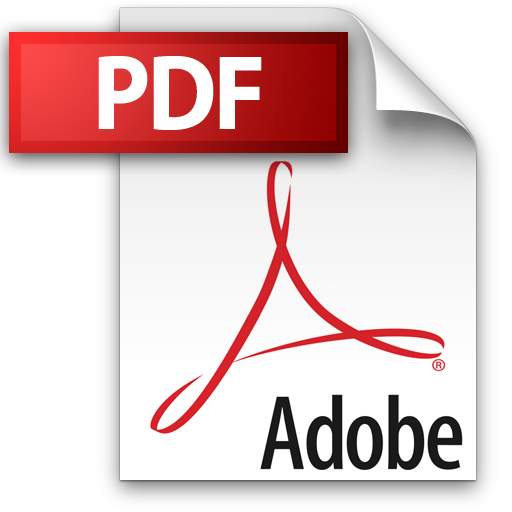361 | Add to Reading ListSource URL: www.cita.utoronto.caLanguage: English - Date: 2000-06-14 12:24:52
|
|---|
362 | Add to Reading ListSource URL: spacemath.gsfc.nasa.govLanguage: English - Date: 2013-08-16 06:54:26
|
|---|
363 | Add to Reading ListSource URL: earthkam.ucsd.eduLanguage: English - Date: 2014-05-23 19:56:29
|
|---|
364 | Add to Reading ListSource URL: spacemath.gsfc.nasa.govLanguage: English - Date: 2013-09-26 08:22:36
|
|---|
365 | Add to Reading ListSource URL: earthkam.ucsd.eduLanguage: English - Date: 2014-05-23 19:56:29
|
|---|
366 | Add to Reading ListSource URL: space.au.af.milLanguage: English - Date: 2012-01-04 11:29:47
|
|---|
367 | Add to Reading ListSource URL: www.earthkam.ucsd.eduLanguage: English - Date: 2014-05-23 19:56:29
|
|---|
368 | Add to Reading ListSource URL: www.earthkam.ucsd.eduLanguage: English - Date: 2014-05-23 19:56:29
|
|---|
369 | Add to Reading ListSource URL: spacemath.gsfc.nasa.govLanguage: English - Date: 2013-01-08 09:26:26
|
|---|
370 | Add to Reading ListSource URL: spacemath.gsfc.nasa.govLanguage: English - Date: 2014-02-06 08:51:32
|
|---|